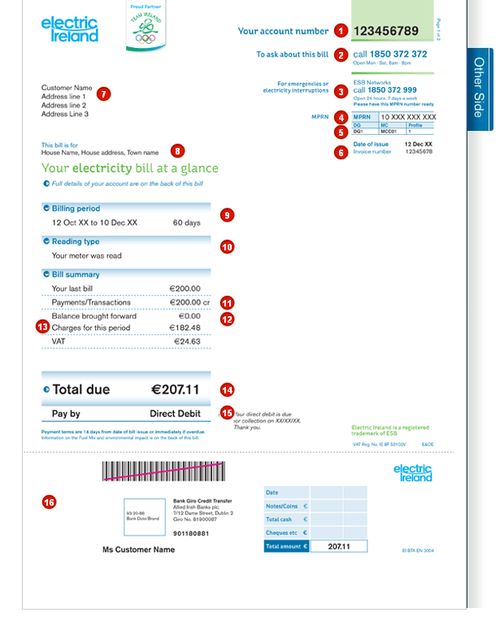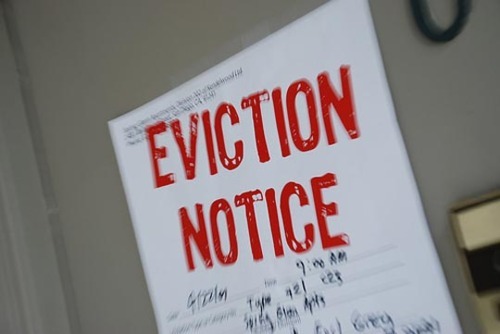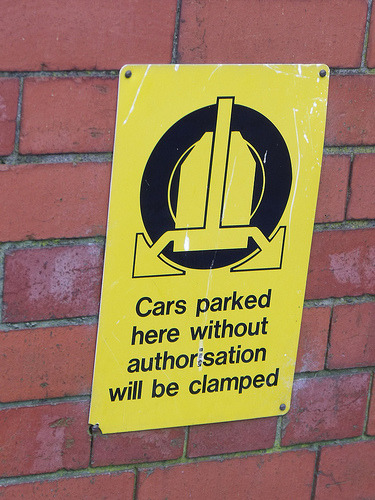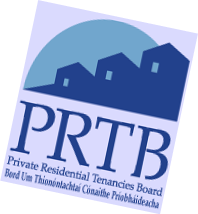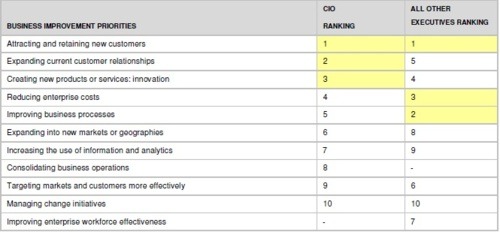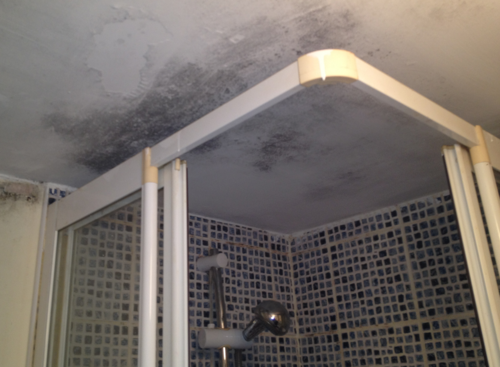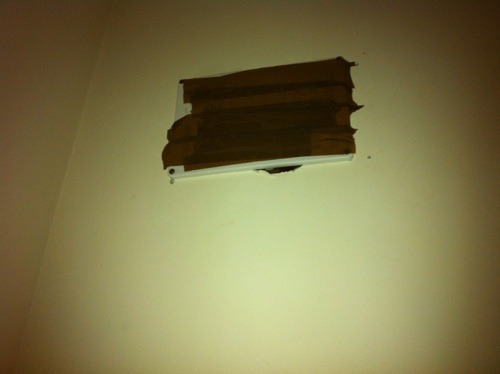
Continuing on from last weeks post where we discussed the placement that software programs may have in an agencies overall strategy today we begin to look at the five steps of the IS (Information Systems) plan which is adapted from Gabrielle Piccoli book on Information Systems for Managers.
Step One: Know who you are, strategic business planning.
Always ensure there is a long term plan for the overall direction of the agency before developing your IS plan. Software is an enabler of such plans, for example as an agency you may want to grow the business to a stage where you will require more offices/branches. In this case you may pursue a software package that is going to help catch tenants and landlords attention and improve the value you provide to your customer. On the flip side your costs may be badly affecting profits so you may be in pursuit of a system which will significantly reduce administration costs such as printing and accounts management. So you have an idea of why you need the software now its time for step two.
Step two: Know where you start: Information Systems Assessment
Once the agency has a clear grasp on the role of software in the organisation we must assess the current situation your letting agent is in. So there is a few key things we do here, firstly note the different types of software or hardware you use to manage data. Is Microsoft excel your one stop shop for accounts? Is all written communication with landlords done via you E-mail account etc? How are sales calls and service calls recorded and managed? Where are invoices stored and managed and so on? Basically you want to access the role systems even as basic as Microsoft word are working for your agency and especially to access if they’re effective in terms of the business strategy.
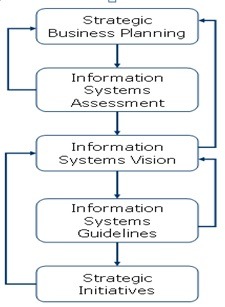
Thats the technical side of the assessment but don’t forget the people. Planning for the use of IS or software programs always involves four things people,technology,process and structure, each interlinked for ensuring efficient use of IS or software programs. Question your staff members or in the case of an individual running an agency on the use of such systems and what they may lack or require to help you. For example you may have the latest accounts management system for dealing with all your inbound and outbound payments but if the staff are struggling to use the system then it may not be effective for the business. I have often heard of payments being missed by an agent or landlord due to basic mismanagement of information where the software didn’t ensure payments are received etc, there is numerous other things you may notice at this point. All of this then leads to the main step which is creating the vision for IS in the agency, that will be discussed in the next blog 🙂 Please comment with your thoughts and share if you found this useful or interesting.
Information systems planning for letting agents part one
by Rentview
